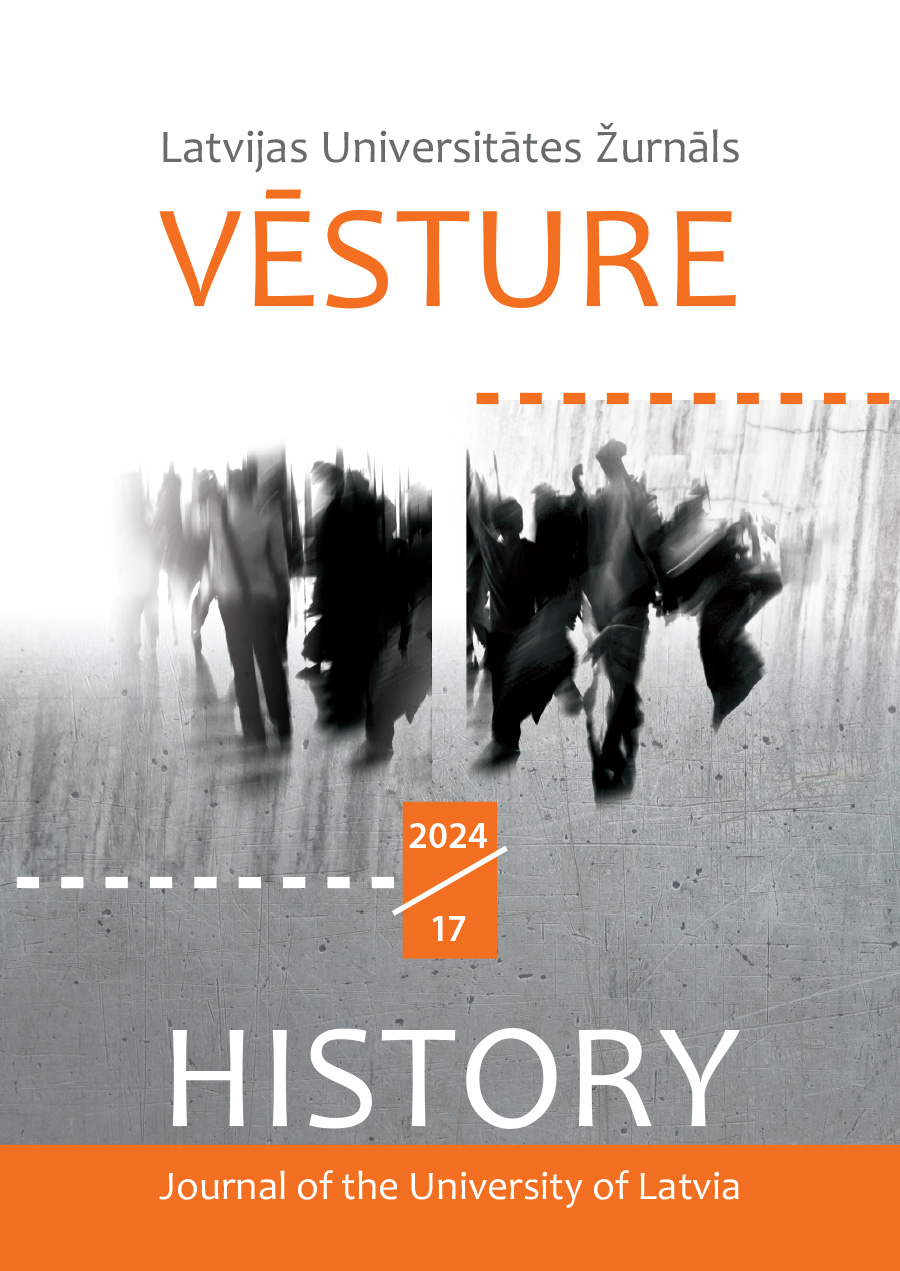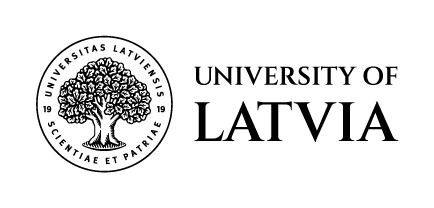Editorial
Abstract
The studies published in the first issue of 2024 focus on particular aspects of military conflicts: they reflect the experiences of civilians, as they face the horrors of war and repressions in their everyday lives, describe the efforts of aid organisations to alleviate the situation of war victims, analyse the challenge of providing the necessary armaments for combat, and portray the specific perspectives of the diplomatic community on international conflicts. Three of the articles in the current journal are dedicated to the experiences of Latvia and Lithuania during the final stages of the First World War and the War of Independence, while one article and a source publication focus on the Second World War.
Traditionally, we offer our readers one article in each issue of the journal, which is based on a recently defended master’s thesis. In this issue, it is the research by Laura Kļaviņa on the culmination of the repressive policy exerted by Iskolat regime in Vidzeme – the arrests and deportation of civilians to Moscow and Ekaterinburg in February 1918. The author traces the processes of arrest and relocation of the deported inhabitants of Smiltene area, describes the conditions in deportation and, ultimately, their liberation and return to their homeland.
Lithuanian researcher Kestutis Kilinskas examines the processes of the Lithuanian War of Independence from a specific perspective, tracing the attempts of the newly founded Republic of Lithuania in 1919 to provide its army with weapons and ammunition, clothing and food, requesting and receiving these materials from both belligerents – Germany and the Entente countries. This study perfectly illustrates the direct link between arms supplies and changes in the foreign policy interests of the supplying countries, a trend that we once again observe today in the case of arms supplies to Ukraine.
We are publishing the extensive study dedicated to the activities of Lady Muriel Paget’s mission in Daugavpils from 1920 to 1922, implemented by Professor Emeritus Geoffrey Swain of the University of Glasgow – this material is released in two sequels. The current issue contains the first part of the study, which concerns the establishment of the mission in Daugavpils and reflects Lady Muriel’s efforts to find the most effective way to help the Latvian society, which had suffered severely during the long war, especially seeking to aid the most vulnerable part of the society – the children. In the second and final part, which will be published in the next issue of the journal at the end of 2024, the author details the complex relationship between the mission and its main financial supporter, the international Save the Children Fund, and the perceptions of the nature of aid work, which differed between the two parties.
The Romanian researcher Bogdan Alexander Schipor offers an interesting and, for Latvian readers, unusual perspective on the events at the beginning of the Second World War in Latvia, depicting them through the prism of Romanian diplomat Grigore Niculescu-Buzešti, who resided in Riga at the time.
In his telegrams sent to Bucharest, which are analysed in the article, the Romanian diplomat reveals both the prevailing mood in Latvian society at the end of 1939 and in 1940, as well as the annexation course of the Baltic states by the Soviet Union.
A special, and in its apparent simplicity extremely appealing historical source published in this issue is the report of the head priest of the Latvian Orthodox parish of Ērgļi Jānis Plaudis to the Riga Eparchy Administration, wherein the author describes the situation in Ērgļi and its surroundings after the intense fighting in this region in August 1944. The report was prepared for publication by Baiba Pazāne, a doctoral student at the Faculty of History and Philosophy, University of Latvia. In the historical document, J. Plaudis vividly depicts the sudden intrusion of active warfare into the everyday lives of civilians, the associated emotional turmoil, loss of life, material damage and – most vividly – chaos, insecurity and fear created by the war.
The journal concludes with reviews of three recently published, very different studies – a textbook on security aspects of Latvian history by academician Guntis Zemītis, a study of Latvian traditional outfits by clothing history researchers Aija Jansone and Inga Vīksna, and a book by Polish researcher Wojciech Materski on the border issue between Latvia and Russia in historical context, published in Poland.
Kristīne Beķere
Published
Issue
Section
License
Copyright (c) 2024 University of Latvia

This work is licensed under a Creative Commons Attribution-NonCommercial 4.0 International License.


